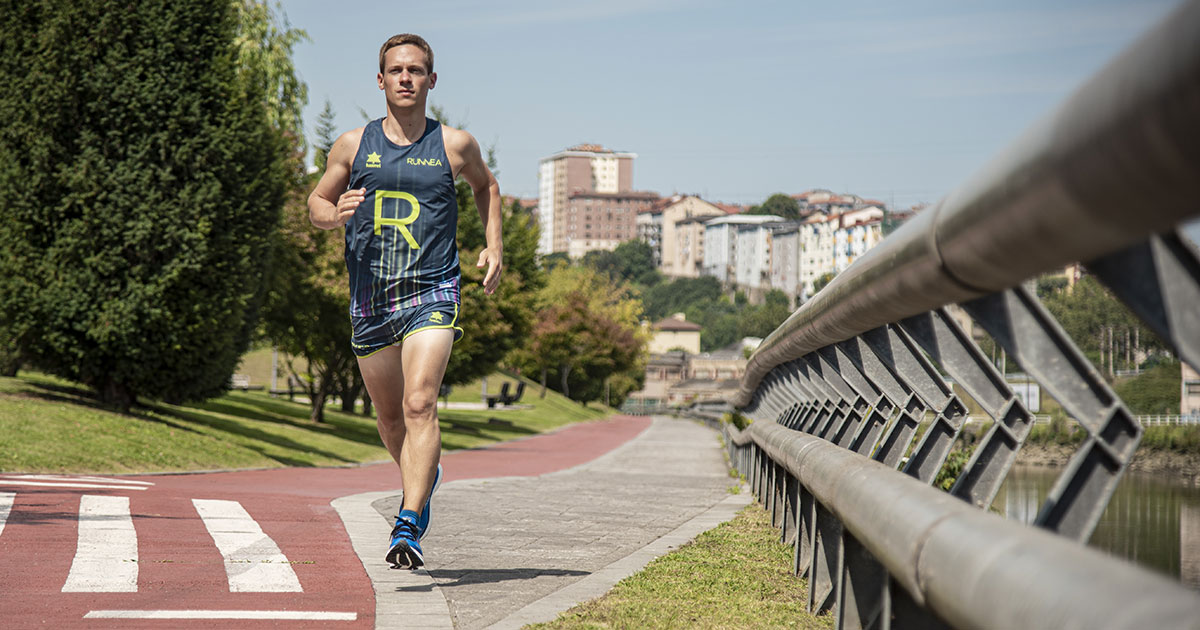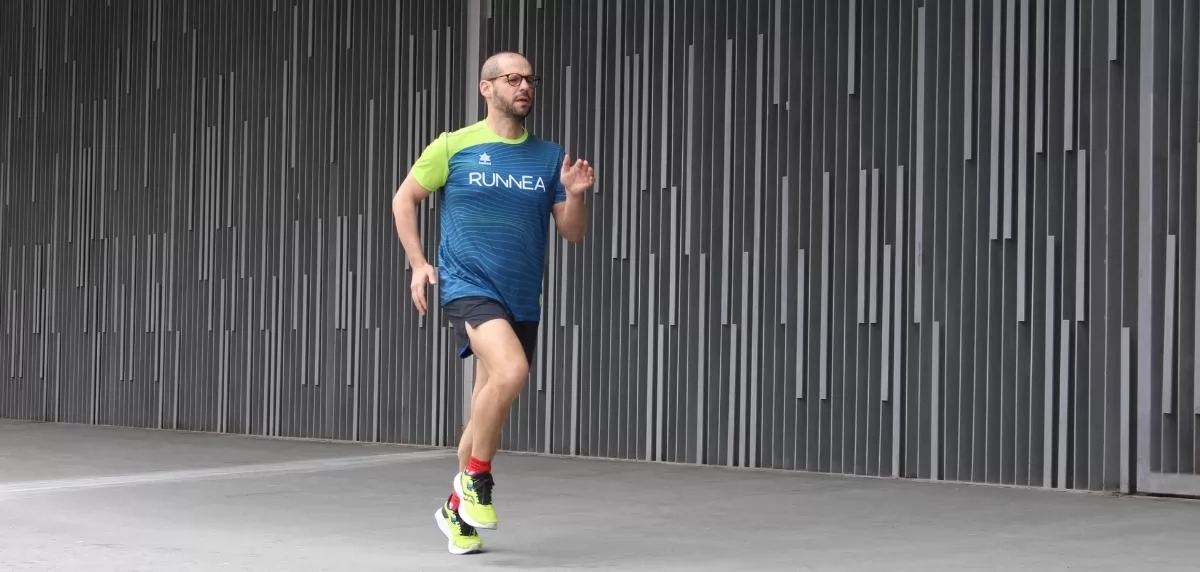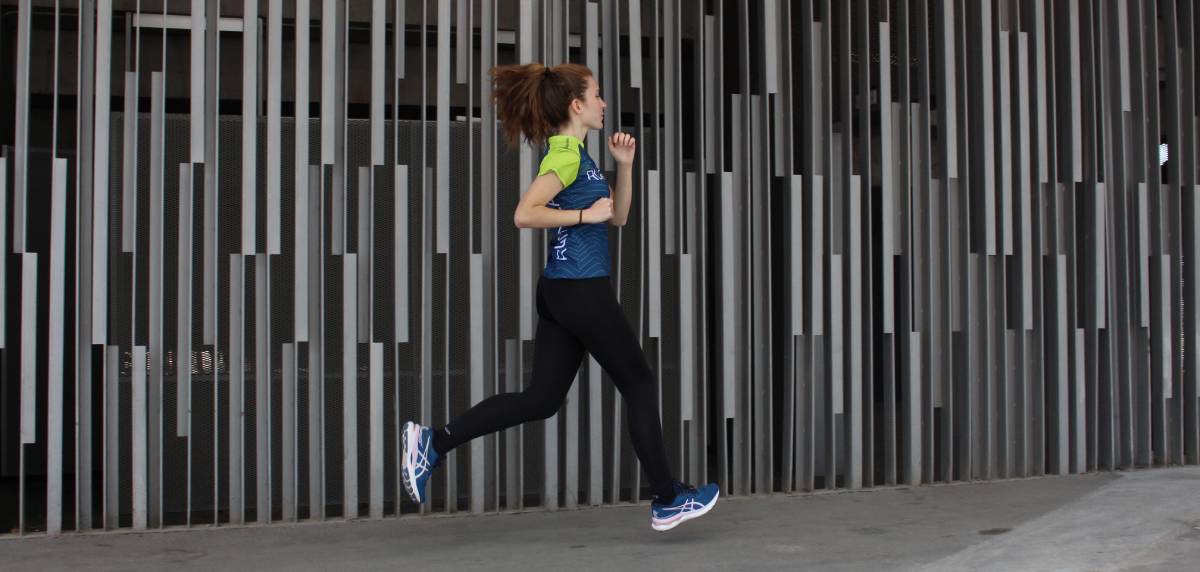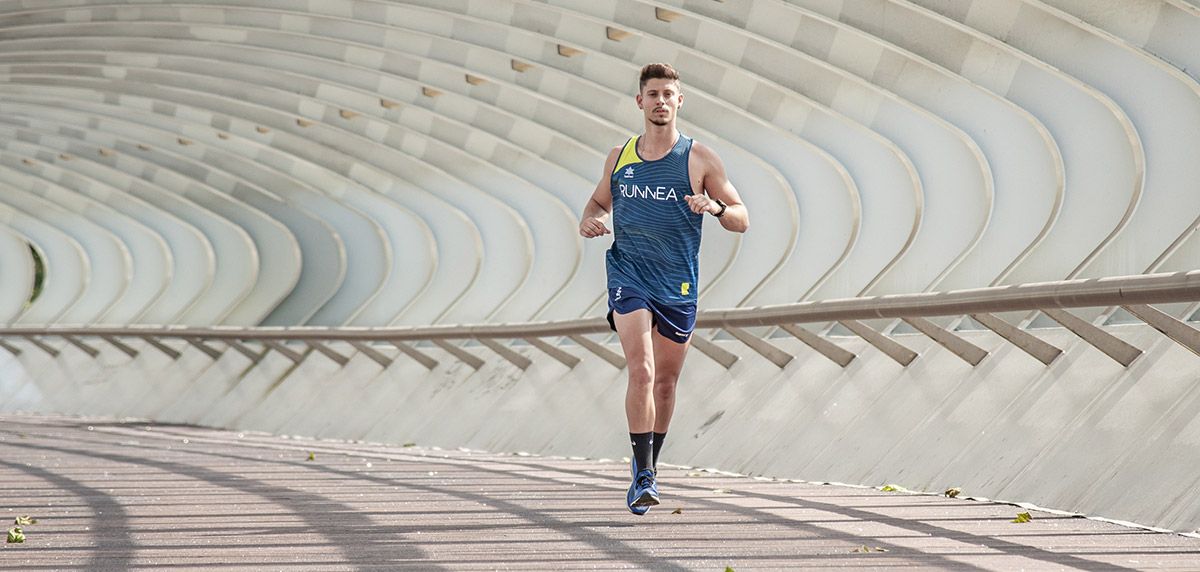At RUNNEA we bring to the forefront this question, with an apparently easy answer, but which has more meaning than it seems. When we try to determine all the effects and benefits of running, there are many variables that come into play: the physical condition of the athlete, the number of weekly workouts, and of course, the training objectives.
It is clear that training to clear your head or lose weight is not the same as preparing to run your first marathon, or even running that 42k or 21k with the mission of improving your personal best.

What variables come into play with the effects of running on athletes?
There are a multitude of studies on how running brings benefits both physically and psychologically. From improving the cardiorespiratory system, to strengthening and regenerating muscles, to helping to combat anxiety and stress, and even increasing self-esteem and allowing you to socialize.
In addition, all this is also supported by what we call invisible training. That which you can't see, but which is just as important, if not more so, than training and running. Variables such as rest, hydration and nutrition are also vital for the effects of running to be felt more quickly and effectively.
With all this in mind, and going back to one of the initial variables, the runner's physical condition, we establish two different points of view: those athletes who start running from scratch with a physical condition that needs to be improved; and those athletes who already have a certain aerobic base from other sports disciplines.

Athletes who start from scratch with physical condition to improve
To the first ones, to all those runners who are just starting, the warning to navigators is that they should take into account the small print that the beginnings are a bit hard, and that the discouragement of the first sessions should not lead them to throw in the towel at the first change. That's why we at RUNNEA recommend that you apply the CACO's method, which alternates walking and running until you feel you have the strength and energy necessary to face a short continuous running workout of no more than 30 minutes.
The keys to success for all these new runners are none other than regularity and planning. Being consistent in your running outings will mean that from the third or fourth week of training you will begin to notice an improvement in your physical condition. You will notice that your endurance increases, that you are gradually able to run more kilometers for longer, and that you have also improved your energy in each stride.
Athletes with an aerobic base and optimal fitness level
In this particular case of those runners who are already accustomed to doing sport, the jump to running will be much less costly. Their start-up time will be shorter, and the running habit will be implemented more naturally, and in less time. In a couple of weeks, or even a little less, the effects of running will be felt in the runner's progression.
However, when you move to the next level, and start training for clear objectives, such as preparing for a specific distance, or even training to achieve a certain performance, the strategy to follow can only be to use an individualized training plan, capable of taking into account the athlete's current state of fitness so that the weekly workouts - in terms of workloads and intensities - are in line with his or her own needs.

It goes without saying that in both runner profiles, all those goals set with running have to be as realistic as possible. Remember that there are no magic formulas, the runner's progression must be focused on what he/she trains to progress properly without exposing him/herself to the danger of overtraining and possible injuries.
On the other hand, do not forget the importance of strength work, so tone all the muscles of the lower body - ankles, knees and hips - as well as the entire core, because the abdominal area is also a key point for all runners.
Thus, regardless of the runner's level, applying the principle of individualization in training, including specific tests to check how we are and how we feel, we will have the necessary clues to improve athletic performance. A section that will also be determined by the application of the principle of supercompensation: train and rest so that those gains from running are noticed, and also keep the level of motivation high.
Read more news about: Running News





























